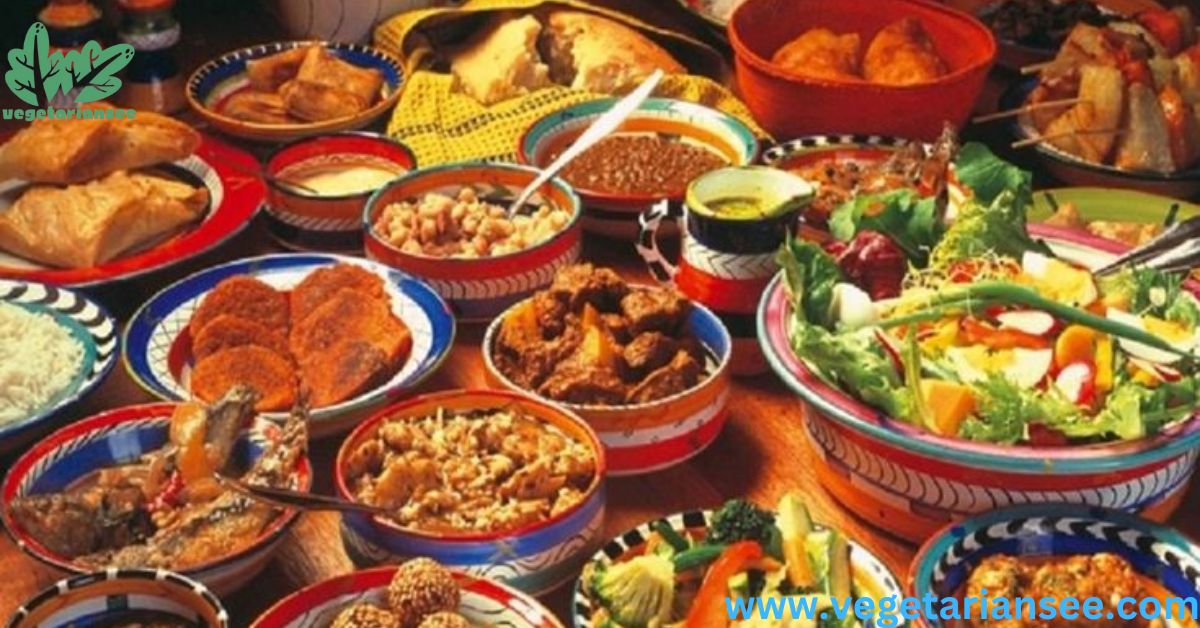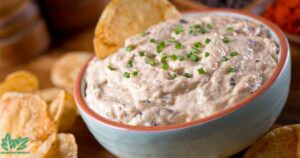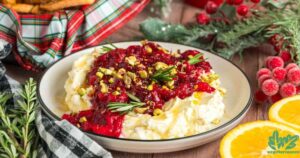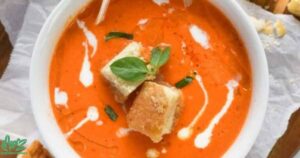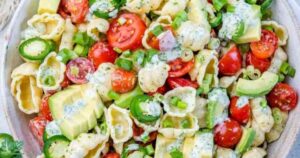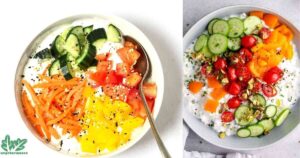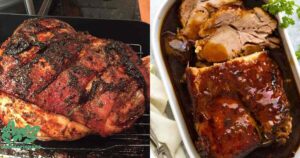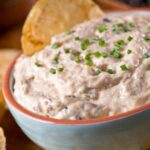Liberian food is a vibrant tapestry woven from rich history, diverse cultures, and local ingredients. This West African cuisine reflects the nation’s heritage, shaped by indigenous practices, the influence of freed slaves, and the availability of natural resources.
In this article, we’ll explore the key components, popular Liberian dishes, cooking methods, cultural significance, and health benefits of Liberian cuisine, revealing a culinary tradition that is both unique and deeply meaningful.
The Foundations of Liberian Cuisine
Liberian cuisine is primarily based on staple foods that are readily available in the country. Understanding these staples is crucial for appreciating the essence of this culinary tradition.
Staple Ingredients
| Ingredient | Description |
| Rice | The cornerstone of most meals, served with stews and sauces. |
| Cassava | Versatile root vegetable used to make fufu and other dishes. |
| Plantains | Cooked both ripe and unripe, often fried or boiled. |
| Peanuts | Ground peanuts create rich sauces and soups. |
| Vegetables | Leafy greens, okra, and other vegetables are essential. |
Historical Context
Liberian food reflects the country’s complex history. Following the American Colonization Society’s establishment of Liberia in 1822, freed African Americans brought culinary traditions that fused with local practices. This melding resulted in a unique cuisine that showcases both indigenous and American influences.
Popular Liberian Dishes
Liberian cuisine offers a variety of flavorful dishes, many of which have become staples in households across the nation. Here are ten popular Liberian dishes that highlight the diversity and richness of the cuisine:
Jollof Rice
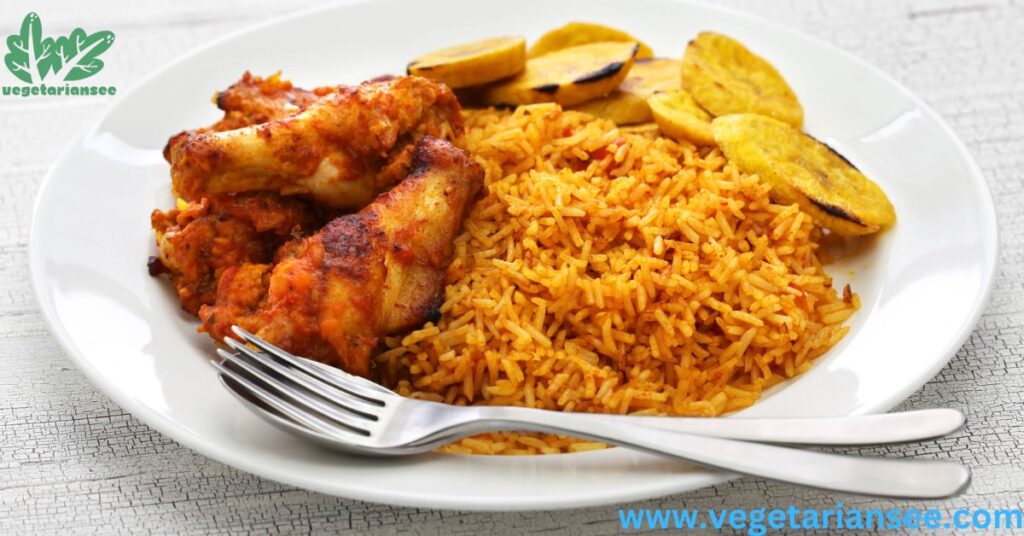
A celebrated West African dish, Liberian Jollof rice is a one-pot meal made with rice, tomatoes, onions, and spices. It is often served with fried fish, chicken, or beef, embodying the festive spirit of Liberian gatherings. Each country has its own twist on Jollof, but the Liberian version is known for its rich flavor and vibrant color.
Ingredients
- 2 cups of long-grain rice
- 4 cups of water or chicken broth
- 1 can (14 oz) of diced tomatoes
- 1 onion, chopped
- 1 bell pepper, chopped
- 3 cloves of garlic, minced
- 2 tablespoons of vegetable oil
- 1 teaspoon of thyme
- 1 teaspoon of curry powder
- Salt and pepper to taste
Instructions
- Heat the vegetable oil in a large pot over medium heat.
- Sauté the onions, garlic, and bell pepper until softened.
- Add the diced tomatoes and cook for 5 minutes.
- Stir in the rice, broth, thyme, curry powder, salt, and pepper.
- Bring to a boil, then reduce heat and simmer, covered, for 20-25 minutes until the rice is cooked.
Palm Butter
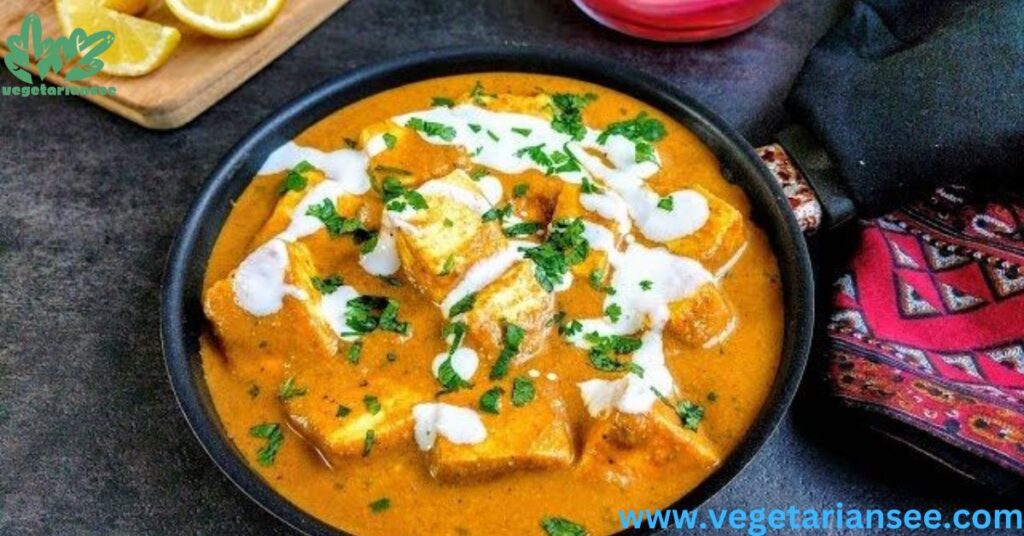
Made from palm nuts, palm butter is a thick, flavorful sauce commonly used to accompany meats or rice. It is often cooked with a variety of spices and herbs, adding depth to any meal. Palm butter soup is a popular variant that incorporates meat and is usually served with fufu, making it a hearty choice.
Fufu
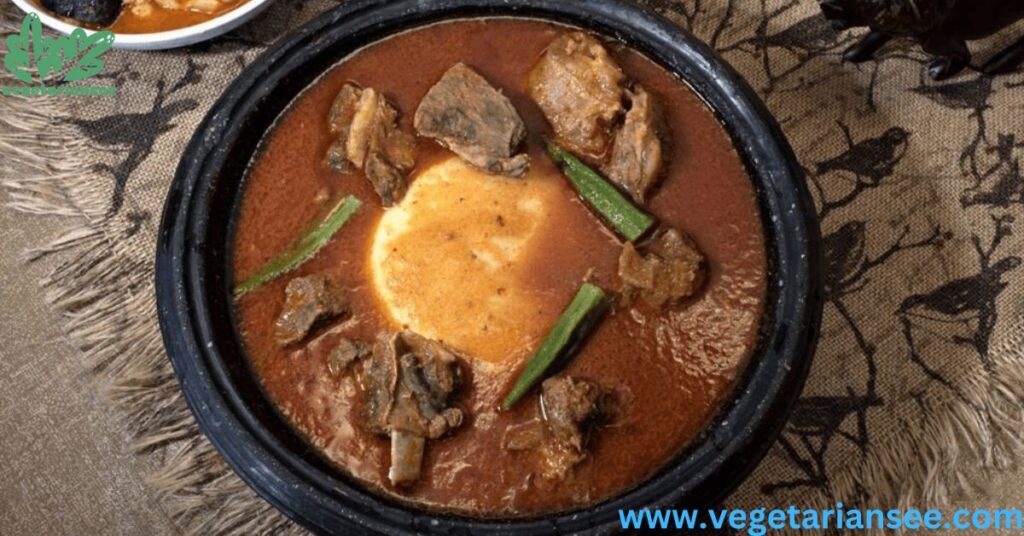
A beloved dish, fufu is made by boiling cassava or plantains and then pounding them into a smooth, stretchy dough using a mortar and pestle. It is typically served with soups and stews, allowing diners to scoop up the sauce with their hands. Fufu is a symbol of communal eating in Liberia, as it is often shared among family members.
Ingredients
- 2 cups of cassava (peeled and chopped)
- 1 cup of water
- A pinch of salt
Instructions
- Boil the cassava in water until tender (about 20-30 minutes).
- Drain and let cool slightly.
- Using a mortar and pestle, pound the cassava until smooth and stretchy.
- Serve with your choice of soup or stew.
Groundnut Soup
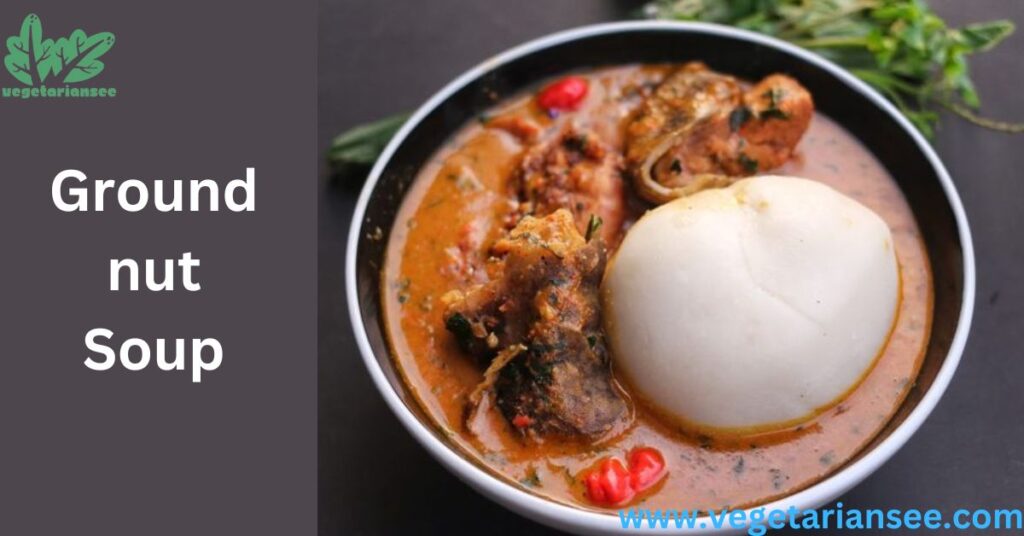
This hearty soup is made from ground peanuts, vegetables, and sometimes meat. The creamy texture and rich flavor make it a favorite comfort food, especially during cooler months. A classic peanut soup often includes habanero peppers for a spicy kick.
Ingredients
- 1 cup of ground peanuts
- 4 cups of chicken or vegetable broth
- 1 onion, chopped
- 2 carrots, diced
- 1 bell pepper, chopped
- 2 cloves of garlic, minced
- Salt and pepper to taste
Instructions
- In a pot, sauté the onions, garlic, and bell pepper until soft.
- Stir in the ground peanuts and cook for 2 minutes.
- Add the broth and vegetables, then simmer for 30 minutes.
- Season with salt and pepper before serving.
Grilled Fish
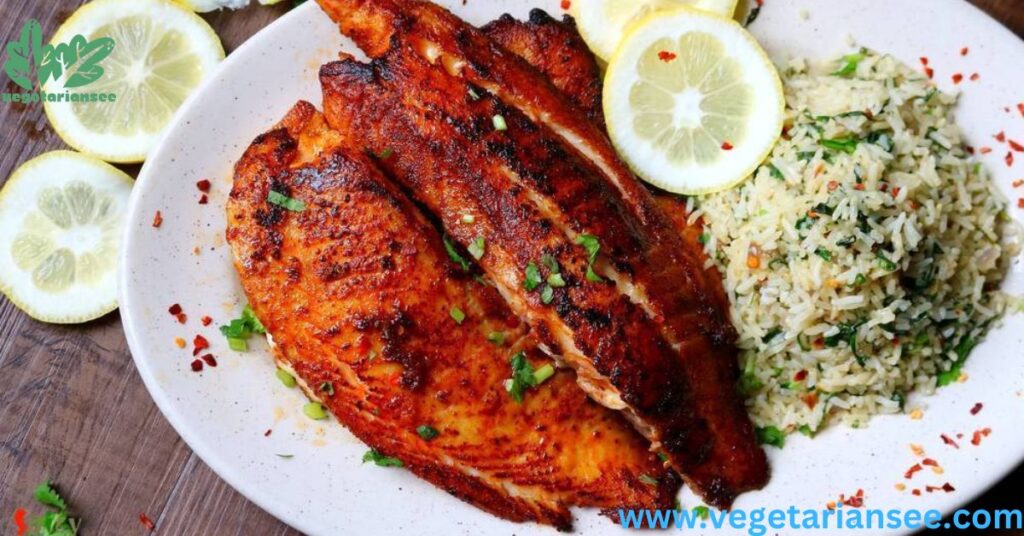
Given Liberia’s coastal location along the West African coast, grilled fish is a popular dish. Typically marinated with local spices and hot peppers, the fish is grilled over an open flame, imparting a smoky flavor. It is often served with rice and spicy pepper sauce, showcasing the richness of Liberia’s marine resources.
Cassava Leaf Stew
Made with finely chopped cassava leaves, this stew is rich in nutrients and flavor. It is often cooked with meat or fish and served over rice. This dish is a staple in many households, highlighting the importance of leafy greens in Liberian diets.
Rice Balls with Groundnut Sauce
These rice balls are formed from cooked rice and served with a rich groundnut sauce. The combination of flavors creates a comforting meal that is often enjoyed as a snack or light lunch.
Sweet Potato Fufu
A variation of traditional fufu, sweet potato fufu is made from boiled sweet potatoes, which are then mashed or pounded into a smooth consistency. This dish is often served with stews or soups, providing a unique twist to the classic fufu.
Ingredients
- 2 cups of sweet potatoes (peeled and cubed)
- 1 cup of water
- A pinch of salt
Instructions
- Boil the sweet potatoes until tender (about 15-20 minutes).
- Drain and let cool slightly.
- Mash the sweet potatoes until smooth, adding water as needed.
- Serve with your choice of stew.
Baked Plantains
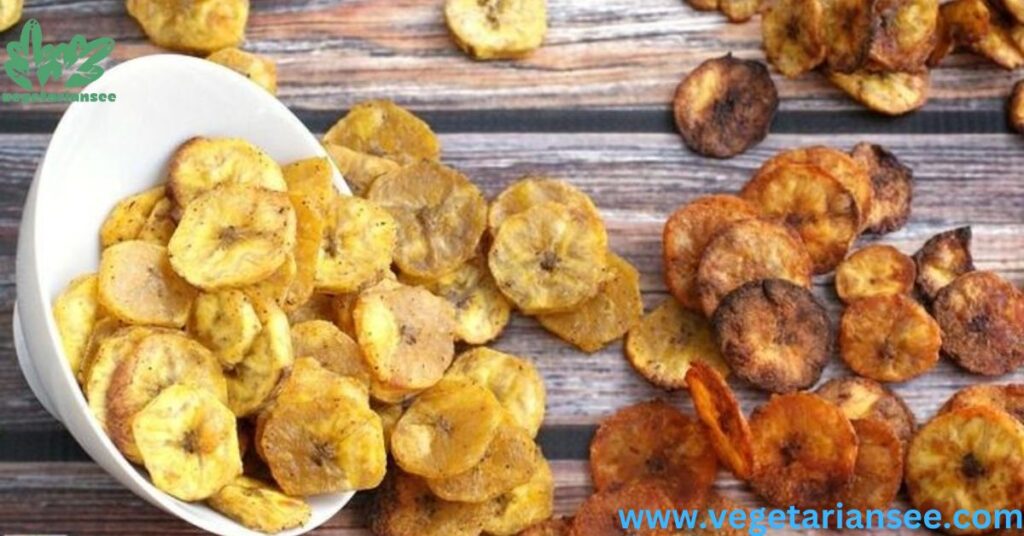
Ripe plantains are sliced and baked until golden and caramelized. This dish serves as a delicious side or snack, highlighting the natural sweetness of the plantains. It can be enjoyed on its own or paired with rice and gravy.
Palava Sauce
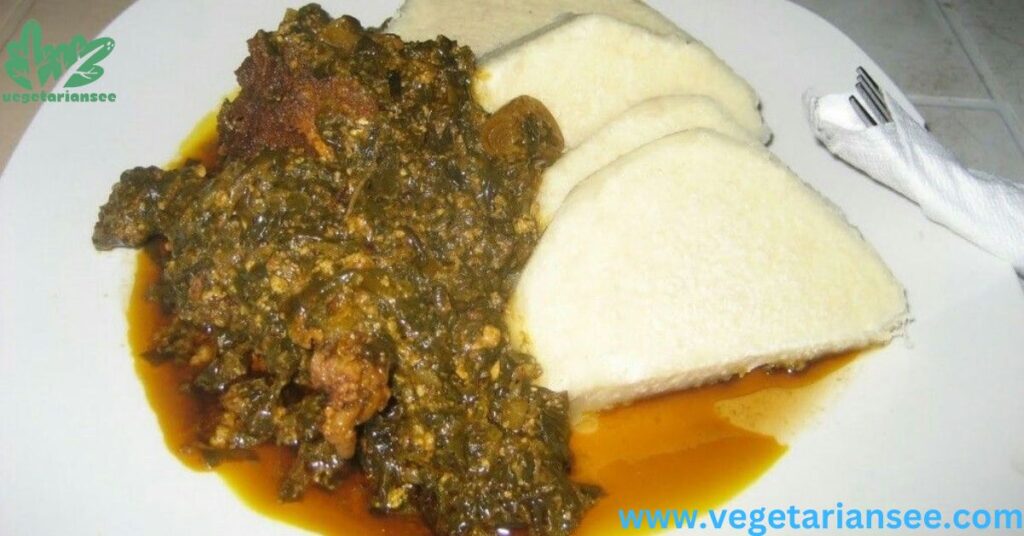
Palava sauce is a popular Liberian dish made from spinach or other leafy greens cooked with spices and often accompanied by meat. The use of palm oil adds richness to the sauce, making it a flavorful addition to rice or fufu.
Cooking Methods and Techniques
The preparation of Liberian food often involves traditional methods that enhance the flavors and nutritional value of the ingredients.
Steaming
Steaming is a common method for cooking rice and vegetables, preserving their nutrients and natural flavors. This technique is widely used in Liberian households to ensure healthy meals.
Boiling
Many staple ingredients, such as cassava and plantains, are boiled before being mashed or served as side dishes. Boiling helps soften these foods, making them easier to eat.
Grilling
Grilling is a popular method for preparing fish and meats. The open flame not only cooks the food but also adds a distinct smoky flavor that is cherished in Liberian cuisine.
Pounding
Fufu is traditionally prepared by pounding boiled cassava or plantains using a mortar and pestle. This labor-intensive method creates the smooth, stretchy texture that characterizes fufu.
Cultural Significance of Liberian Food
Food plays a vital role in Liberian culture, serving as a means of expressing identity, celebrating traditions, and fostering community.
Family and Community
Liberian meals are often communal, with families and friends gathering to share food. Dishes like fufu and soups encourage shared dining experiences, strengthening bonds among loved ones. The practice of sharing meals is deeply ingrained in the culture, showcasing hospitality and connection.
Festivals and Celebrations
Food is central to many Liberian festivals and celebrations. Special dishes are prepared to mark important events, such as weddings and national holidays. For instance, Liberian Jollof rice is often a highlight at festive gatherings, symbolizing joy and togetherness.
Preservation of Tradition
Liberian cuisine helps preserve cultural heritage. Traditional recipes are passed down through generations, ensuring that culinary practices remain a part of the nation’s identity. This transmission of knowledge is crucial for maintaining the connection between the past and present.
ALSO READ : Liberian Food And Culture
Health Benefits of Liberian Cuisine
The ingredients and cooking methods used in Liberian food offer various health benefits, contributing to overall well-being.
Nutrient-Rich Ingredients
Many staple foods, such as cassava and leafy greens, are rich in vitamins and minerals. For instance, cassava is a good source of carbohydrates, while cassava leaves provide essential nutrients like calcium and iron. The inclusion of various meats and fish adds animal protein, enhancing the nutritional profile of meals.
Balance of Flavors
Liberian cuisine emphasizes a balance of flavors, often incorporating spices and herbs that not only enhance taste but also provide health benefits. For example, the use of habanero peppers and other hot peppers in cooking is known for their anti-inflammatory properties.
Community Health
Shared meals foster social connections, which can contribute to better mental health and overall community well-being. By bringing people together, food helps create a supportive environment that promotes healthy lifestyles.
ALSO READ: Discover the Rich Flavors of Asiana Foods: A Culinary Journey from East to West
FAQs
What is Liberian food?
Liberian food is a rich blend of flavors, reflecting the country’s history and culture, featuring staples like rice, cassava, and plantains.
What are popular Liberian dishes?
Popular Liberian dishes include Jollof rice, fufu, palm butter, and grilled fish, showcasing the variety of local ingredients and cooking methods.
What is the significance of rice in Liberian cuisine?
Rice is a staple food in Liberia, often served with stews and sauces, and is central to many traditional meals.
How did history shape Liberian cuisine?
Liberian cuisine evolved from the blending of indigenous practices and the culinary traditions brought by freed African Americans during the American Colonization Society period.
What is fufu, and how is it made?
Fufu is a starchy dish made by boiling cassava or plantains and then pounding them into a smooth, stretchy dough, typically served with soups.
Conclusion
Liberian food is a celebration of culture, history, and community. From the vibrant jollof rice to the comforting palm butter, each dish tells a story, reflecting the nation’s unique heritage. Exploring the flavors and traditions of the cuisine of Liberia provides a deeper understanding of the country’s identity and the importance of food in uniting people.
Whether you’re in Monrovia or elsewhere, take the opportunity to savor these dishes and appreciate the rich tapestry of flavors that Liberia offers.

Ethan Henry with 8 years of expertise in bamboo, excels in sustainable design, construction and product development. His passion for eco-friendly solutions has driven innovative advancements in bamboo-based industries.
